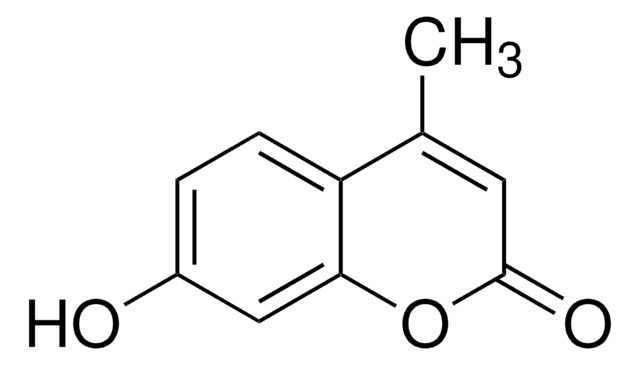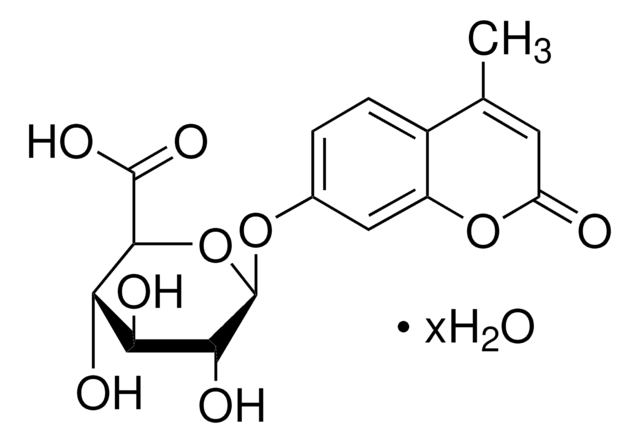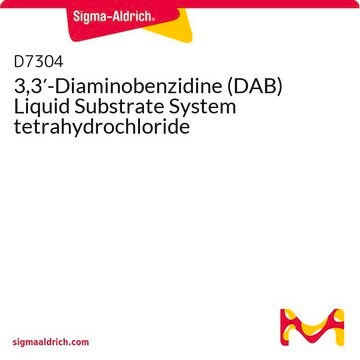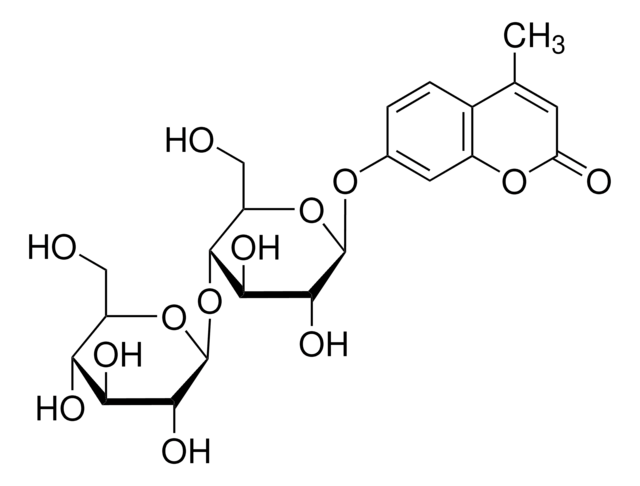推荐产品
生物源
mouse
品質等級
共軛
unconjugated
抗體表格
purified immunoglobulin
抗體產品種類
primary antibodies
無性繁殖
C5, monoclonal
形狀
buffered aqueous solution
分子量
antigen 52-56 kDa
物種活性
mouse, rat, human
濃度
0.5-1.0 mg/mL
技術
immunohistochemistry (formalin-fixed, paraffin-embedded sections): suitable
immunoprecipitation (IP): suitable using 2 μg/mg protein lysate
western blot: 1:500 using 10 μg of Mouse brain lysates
同型
IgG1
UniProt登錄號
運輸包裝
wet ice
儲存溫度
−20°C
目標翻譯後修改
unmodified
基因資訊
human ... MITF(4286)
mouse ... Mitf(17342)
rat ... Mitf(25094)
一般說明
Microphthalmia (Mi in mouse or MITF in human) is a basic helix-loop-helix-leucine zipper (BHLH–ZIP) transcription factor involved in the differentiation, development and survival of melanocytes and cells of the retinal pigment epithelium, i.e. cells responsible for hair, skin, and eye color. It activates the expression of the melanocyte specific genes tyrosinase and TRP1 (tyrosinase-related protein 1) by binding as a homo- or heterodimer to a symmetrical DNA sequence (E box) (5′-CATGTG-3′) located within the M box found in their promoters. Microphthalmia also appears to be involved in the differentiation of mast cells, osteoclasts, basophils and natural killer cells.
Microphthalmia is expressed in a limited number of cell types including heart, mast cells, osteoclast precursors, and melanocytes. There are a number of different isoforms of microphthalmia resulting from alternative splicing and alternative promotors. These isoforms differ at their amino-termini and in their expression patterns.
Microphthalmia is expressed in a limited number of cell types including heart, mast cells, osteoclast precursors, and melanocytes. There are a number of different isoforms of microphthalmia resulting from alternative splicing and alternative promotors. These isoforms differ at their amino-termini and in their expression patterns.
Mouse monoclonal clone C5 anti-Microphthalmia antibody recognizes serine phosphorylated and non-phosphorylated melanocytic isoforms of microphthalmia from human, mouse or rat.
免疫原
N-terminal fragment of human microphthalmia protein.
應用
Applications in which this antibody has been used successfully, and the associated peer-reviewed papers, are given below.
Western Blotting (1 paper)
Western Blotting (1 paper)
Mouse monoclonal clone C5 anti-Microphthalmia antibody is used to tag serine phosphorylated and non-phosphorylated melanocytic isoforms of microphthalmia for detection and quantitation by techniques such as immunoblotting (doublet of 52-56 kDa), immunoprecipitation, immunohistochemistry on formalin-fixed paraffin embedded or frozen tissue sections, and gel shift. It is used as a probe to determine the roles of microphthalmia in the differentiation, development and survival of melanocytes and cells of the retinal pigment epithelium.
外觀
Solution in phosphate buffered saline containing 0.08% sodium azide.
免責聲明
Unless otherwise stated in our catalog or other company documentation accompanying the product(s), our products are intended for research use only and are not to be used for any other purpose, which includes but is not limited to, unauthorized commercial uses, in vitro diagnostic uses, ex vivo or in vivo therapeutic uses or any type of consumption or application to humans or animals.
未找到合适的产品?
试试我们的产品选型工具.
儲存類別代碼
12 - Non Combustible Liquids
水污染物質分類(WGK)
nwg
閃點(°F)
Not applicable
閃點(°C)
Not applicable
Miguel F Segura et al.
Proceedings of the National Academy of Sciences of the United States of America, 106(6), 1814-1819 (2009-02-04)
The highly aggressive character of melanoma makes it an excellent model for probing the mechanisms underlying metastasis, which remains one of the most difficult challenges in treating cancer. We find that miR-182, member of a miRNA cluster in a chromosomal
Natalia Pieper et al.
Oncoimmunology, 7(8), e1450127-e1450127 (2018-09-18)
The profound but frequently transient clinical responses to BRAFV600 inhibitor (BRAFi) treatment in melanoma emphasize the need for combinatorial therapies. Multiple clinical trials combining BRAFi and immunotherapy are under way to further enhance therapeutic responses. However, to which extent BRAFV600
Xueping Wang et al.
PloS one, 10(11), e0143142-e0143142 (2015-11-19)
TYR, DCT and MITF are three important genes involved in maintaining the mature phenotype and producing melanin; they therefore participate in neural crest cell development into melanocytes. Previous studies have revealed that the Wnt signaling factor lymphoid enhancer-binding factor (LEF-1)
Li-Ping Liu et al.
Cell reports, 27(2), 455-466 (2019-04-11)
Induced pluripotent stem cells (iPSCs) are a promising melanocyte source as they propagate indefinitely and can be established from patients. However, the in vivo functions of human iPSC-derived melanocytes (hiMels) remain unknown. Here, we generated hiMels from vitiligo patients using a three-dimensional
我们的科学家团队拥有各种研究领域经验,包括生命科学、材料科学、化学合成、色谱、分析及许多其他领域.
联系技术服务部门








